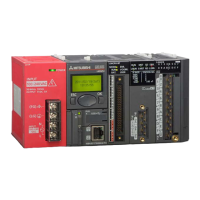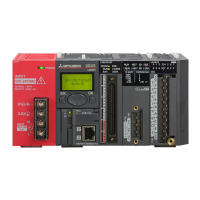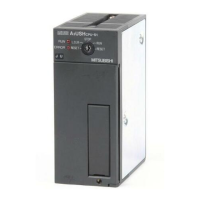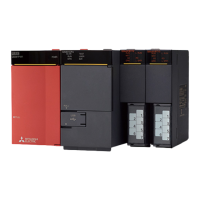2.2 How PLCs Process Programs
A PLC performs its tasks by executing a program that is usually developed outside the control
-
ler and then transferred to the controller’s program memory. Before you start programming it is
useful to have a basic understanding of how PLCs process these programs.
A PLC program consists of a sequence of instructions that control the functions of the control
-
ler. The PLC executes these control instructions sequentially, i.e. one after another.The entire
program sequence is cyclical, which means that it is repeated in a continuous loop. The time
required for one program repetition is referred to as the program cycle time or period.
Process image processing
The program in the PLC is not executed directly on the inputs and outputs, but on a “process
image” of the inputs and outputs:
Input process image
At the beginning of each program cycle the system polls the signal states of the inputs and
stores them in a buffer, creating a “process image” of the inputs.
2–2 MITSUBISHI ELECTRIC
How PLCs Process Programs Programmable Logic Controllers
....
....
....
Switch on PLC
Delete output memory
Input terminals
Process image
of inputs
PLC program
Process image
of outputs
Output terminals
Transfer process image
to outputs
Instruction 1
Instruction 2
Instruction 3
Instruction n
Poll inputs and signal states
and save them in the process
image of the inputs
Input signals
Output signals
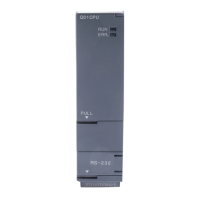
